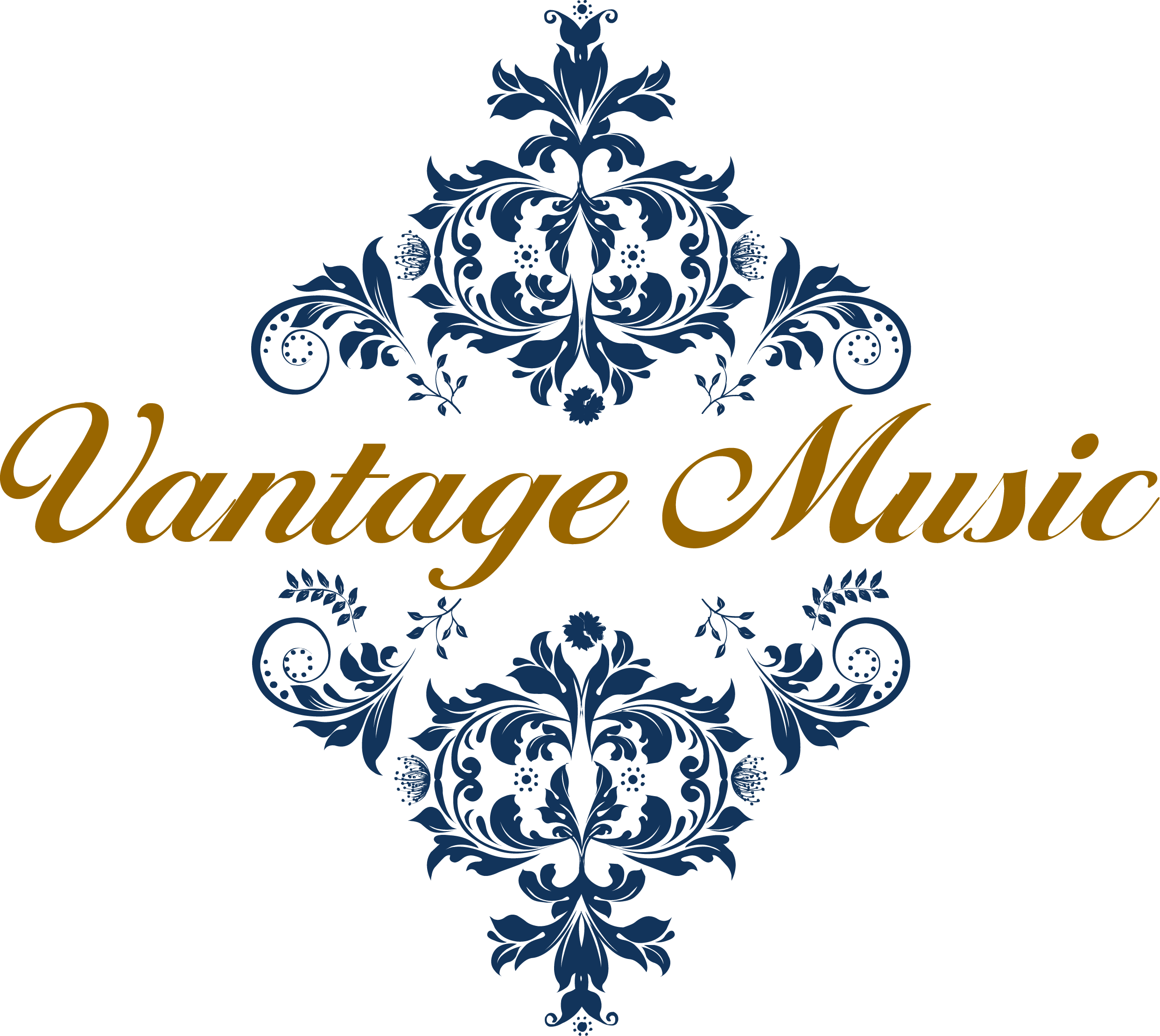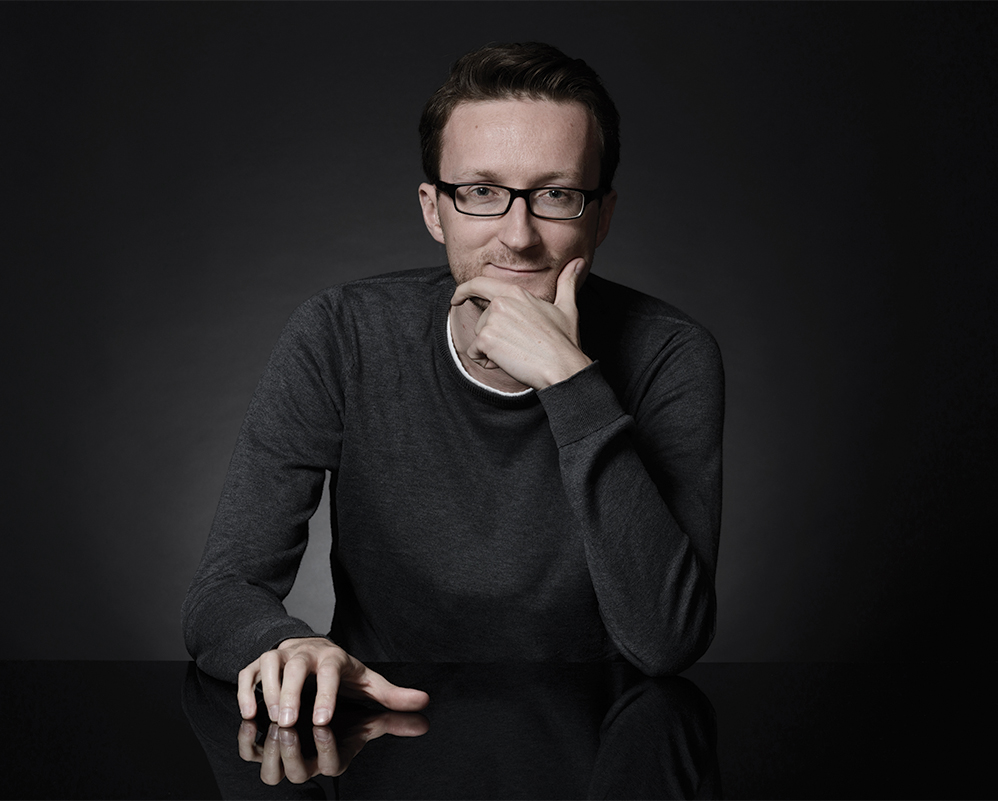Tomasz Lis | London | December 2023
Instruments belonging to famous composers have always been a treasured rarity but to have three Chopin pianos in one house is a remarkable stroke of luck. In 2010, the Chopin Society in London in association with the Cobbe Collection Trust published a fascinating book titled Chopin’s Swansong: The Paris and London Pianos of His Last Performances, written by an Irish collector, artist and designer, Alec Cobbe, whose collection of composer-related keyboard instruments ranks as the largest in the world.
Chopin visited the British Isles twice, the first time as a young man in 1836 to “enjoy himself and spend money”, as his friend and poet Stanisław Koźmian pointed out in one of his letters. Fryderyk was joined by the eminent piano maker and friend Camille Pleyel, who needed some diversion from his marital troubles. The circumstances of this incognito trip were less dramatic, slightly underreported and therefore less romanticised by witnesses and scholars but featured some important meetings, not least with the greatest British piano manufacturer James Shudi Broadwood, whose son Henry Fowler Broadwood would play such a pivotal role during Chopin’s second visit, in 1848.
In 1848 Chopin was still by today’s standards a young man but his health over the years had been steadily deteriorating and the English climate seemed unsuitable. However, with the political situation in continental Europe declining and another revolution in France under way, London looked an enticing option but, as Alec Cobbe points out, Chopin’s trip was not just a flight of convenience and its seeds may have been planted earlier than we think.
The visit was extraordinary by Chopin’s standards. For one thing, he gave more than twice as many concerts in London than he had done in a decade in Paris. This previously unknown fact came to light in recently discovered ledgers belonging to the Broadwood archives, illuminating the movements of pianos at Chopin’s disposal. It was not just the quantity of both private and public concerts that was notable but the unprecedented size of the audiences, in one case reaching a thousand. He also performed a two-hour recital without the usual support of other musicians, the only solo public performance he ever gave.
“I have three pianos. Apart from that by Pleyel, I have a Broadwood and an Erard, but I have so far only been able to play on my own.” So wrote the composer from London in May 1848 and the piano he referred to as his own was the Pleyel with a serial number No.13819, reserved for Chopin at the cost of 2,200 francs. Chopin’s connection with the French manufacturer had dated back years to his Paris days and they had an agreement that provided the pianist with any piano he wished for on loan without charge, though if he travelled abroad Chopin was obliged to pay the transport costs. The instrument he brought to London was the one he performed on at his London debut at the Gore House and most likely his last Paris concert in February 1848, making it plausible that he had owned it for some time and considered it “the last word in perfection”.
Chopin made his first visit to Broadwood shortly after his London arrival and the piano he chose was swiftly delivered to his Dover Street flat. The instrument, with a serial number No.17047, was used for four of his London recitals, as well as the Manchester concert on 28 August and upon his return from Scotland at the Guildhall on 16 November for his last performance, organised by Lord Dudley Coutts Stuart and the Princes Czartotyskis. The piano was then put on hold for Chopin, with a note saying “specially chosen for his Recitals, we reserved it, hoping he would return the following year”. When they finally realised it was not to be, they sold it on 21 September 1849 for 160 guineas to Mr George Wigg of Westbourne Terrace, only to borrow it again from his relations in 1885 for the International Inventions Exhibition in Kensington. From then onwards they touchingly marked it as “to be reserved, not sold. Chopin played upon it at his Recitals.” The instrument was finally donated by the last trustees of the Broadwood Trust to the Royal Academy of Music and subsequently presented on permanent loan to the Cobbe Collection at Hatchlands.
The history of the third piano played by Chopin during his English visit is closely associated with his pupil, admirer, patron and friend Jane Stirling and covers nearly the entire span of her friendship with the composer. She mostly likely acquired it on becoming his pupil in 1843 and the instrument remained in the family till the 1980s, when, on the advice of Alfred Brendel, it was given to Alec Cobbe and thus joined his remarkable collection. Jane Stirling, like Chopin, owned a Pleyel and a Broadwood. The former was a make of preference for Chopin, especially when teaching but also performing. He often stated that when on top form he always preferred a Pleyel, which allowed him to mould the sound more distinctly, with his fingers “feeling more immediate contact with the hammers, which then translates precisely and faithfully the feeling I want to produce, the effect I want to obtain”. He was rather ambivalent about Erard pianos, which had a beautiful but ready-made sound and sophisticated but (in terms of creating the sound) unresponsive action. In short, it didn’t matter how you played; the piano would always sound beautiful.
Cobbe’s book sheds a new, fascinating light on Chopin’s English visit, providing plenty of newly discovered facts not just about the pianos he played, their movements around the country, the houses he performed at and the people he met but also a comparative analysis of technical aspects of the three pianos he played. The first half of the 19th century witnessed unprecedented technical developments in piano manufacturing and the three greatest makers were at the forefront of those changes. Paradoxically, it seems that the Erard, which was arguably the most advanced in terms of mechanism and thus closest to the pianos we hear and play today, was Chopin’s least favourite, the reliability of repetition and uniformity of sound it produced proving less inspiring to the famous artist than the intimacy of sensation, where the pianist is more aware of the action of each individual key.
With the help of David Hunt, the piano restorer associated with Hatchlands and its collection, Cobbe’s book gives us all the available technical data of the three pianos, with dates, inscriptions, dimensions, stops, compasses, stringing and state of restoration, with the Erard the only instrument that has had no work on it since acquisition.
The last chapter of this tantalising book provides a selection of reviews and impressions from Chopin’s concerts. There is a tendency to view the English reviews as more critical than their continental counterparts, often misunderstanding Chopin’s music and playing. Cobbe’s comprehensive selection rebukes such claims. It’s true that the composer, especially in France, was beyond criticism and the description of his Paris concert of February 1848 published soon after in Revue et Gazette Musicale de Paris borders on eulogy. English critics, then and now, slightly differed in style and tastes, but an overwhelming majority of them found Chopin’s playing in a league of its own, equally tantalising and unforgettable.
Perhaps the most fascinating is not a review but an extensive entry in a diary of a tuner and technician, A. J. Hipkins, employed by Broadwood and assigned to Chopin in 1848. He worked for the firm all his life and became one of the most eminent piano technicians and historians. He paints an endearing and often moving portrait of the great artist, commenting on various aspects of his personality, health and above all his pianistic technique: “To save Chopin fatigue he was carried upstairs [he died the following year]. Physical weakness was not, however the cause of his tenderly-subdued style of playing. This was his own and inseparable from his conception of pianoforte touch; it was incapable of modification from any influence whatever. His fortissimo was the full tone without noise, a harsh inelastic note being to him painful. His nuances were modifications of that tone, decreasing to the faintest yet always distinct pianissimo. His singing legatissimo touch was marvellous. The wide, extended arpeggios in the bass were transfused by touch and pedal into their corresponding sustained chords, and swelled or diminished like waves in an ocean of sound. He changed fingers upon a key as often as an organ player.”
Cobbe’s book reminds of an equally fascinating and enlightening book by Christoph Wolff titled Mozart at the Gateway to his Fortune. Serving the Emperor, 1788–1791. Like Wolff, Cobbe presents a new picture, disposing of myths and misconceptions by offering new research and facts, which are illuminating and transformative. This is a great contribution to our knowledge of Chopin and his final English voyage.


